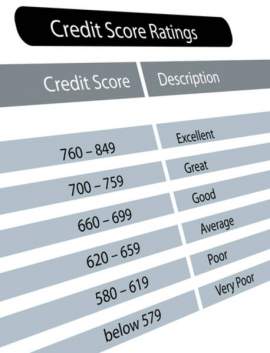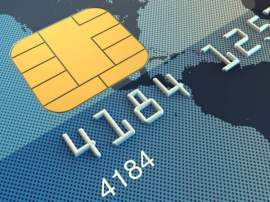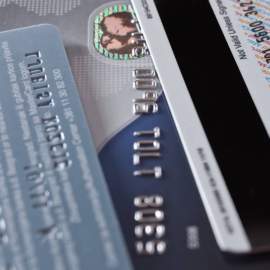
What Are Interest Rates

What are Interest Rates?
An interest rate refers to the rate at which is interest is required by a borrower for the use of credit. For example, if a consumer opens a credit line via a credit card from a bank, the individual will be given a set amount of credit and in return the lender will receive interest payments at a predetermined rate for deferring the use of funds and instead offering it to the borrower. Interest rates are typically expressed as a percentage rate over the period of one year and are expressed as the annual percentage rate for credit cards.
All lenders have the legal authority to charge borrowers an additional fee to access a stream of financing or credit. In a general example, if an individual borrows $100 from a lender, the $100 is considered the ‘principal’ amount of the loan.
In addition to the principal, the lender will require the borrower to pay an interest payment. In this example, the interest attached to the $100 is 10% or $10. Interest rates therefore require the borrower to pay an additional percentage that is attached to the repayment amount, known as the principal of the loan.
Interest rates are calculated as an annual percentage, even if the terms of the specific loan require a monthly or periodic repayment schedule. Interest rates, when expressed as an annual percentage, enable the borrower to determine if a particular loan’s terms are reasonable.
Types of Interest Rates:
Interest rates can be delivered in a ‘fixed’ or ‘flexible’ form. Fixed interest rates refer to those interest rates that do not fluctuate over the course of the repayment schedule; fixed interest rates remain the same throughout the life of the loan.
The majority of borrowers prefer loans with fixed interest rates because the repayment terms are more predictable and protected via a formal contract. That being said, because the interest cannot be adjusted, many lenders will charge more for a fixed-interest loan.
Flexible interest rates, when attached to a loan, will fluctuate based on macro-economic variables such as inflation, the unemployment rate and various borrowing and lending statistics. Lender’s typically tie flexible interest rates with current federal rates, known as the prime lending rate.
Federal interest rates are those lending rates charged by the federal government to lending institutions, such as banks. The prime lending rate is periodically adjusted by the Federal Reserve Board chairman, based on the previously mentioned economic variables. A lender may charge borrowers an interest rate, which are just a few points above the prime lending rate at the time of the initial loan. If the rate is altered, the interest on the loan may be adjusted.
Interest Rates and Credit Cards:
Credit cards, when issued, are attached with interest rates labeled as the annual percent return or APR. The APR is delivered as an annual percentage; the average APR for a credit card is roughly 20%. That being said, credit cards require a monthly payment plan, altering the APR to a monthly percentage. As a result, an individual with an annual interest rate of 20% will possess a monthly percentage rate of 1.667%.
The monthly percentage rate is multiplied to any remaining balance that is not paid from the previous month’s balance. For example, if the individual has $200 outstanding on his or her credit balance, the 1.667% will be multiplied in decimal form (0.0167) to the $200 to yield the additional fees that the borrower owes. In this example, the borrower will be required to pay an additional $3.34 in the following month’s bill.
NEXT: What Is A Credit Card interest Calculator




















